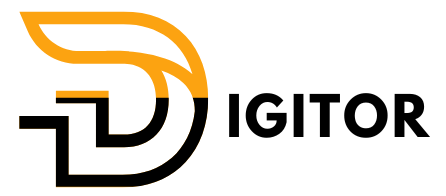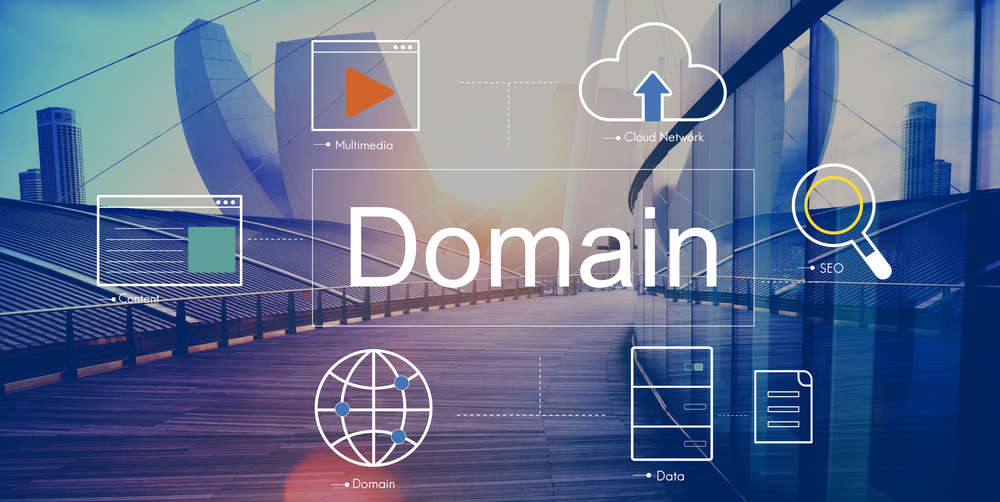Namecheap Domain Cloudflare Setup: A Complete Guide
If you own a domain through Namecheap and are looking to improve your site’s security and speed, then this guide is for you. One of the most powerful tools for optimizing website performance while enhancing security is Cloudflare. In this post, we’ll walk you through the Namecheap domain Cloudflare setup process step by step, even if you’re a complete beginner.
Why Use Cloudflare with Namecheap?
Setting up Cloudflare with your Namecheap domain gives you access to:
-
A free SSL certificate
-
DDoS protection
-
A global Content Delivery Network (CDN) for faster loading
-
Powerful DNS and security tools
-
Advanced caching to improve performance
By following this Namecheap domain Cloudflare setup guide, you can easily secure and speed up your site in less than 30 minutes.
Step-by-Step Namecheap Domain Cloudflare Setup
Step 1 – Create a Free Cloudflare Account
Visit Cloudflare and sign up with your email. Once you’ve confirmed your email, you’ll be directed to your dashboard.
Step 2 – Add Your Website to Cloudflare
-
Click Add a Site
-
Enter your domain name (e.g., yourwebsite.com)
-
Cloudflare will scan your current DNS records
Once the scan completes, you’ll see a list of your DNS records. Confirm they match what you have in Namecheap. You can manually add or correct any missing records.
Step 3 – Choose Your Cloudflare Plan
For most users, the Free Plan is more than enough. It includes:
-
Global CDN
-
Free SSL
-
Basic firewall and DDoS protection
Click Continue after selecting your plan.
Step 4 – Update Namecheap Nameservers
After selecting your plan, Cloudflare will provide two nameservers (e.g., amy.ns.cloudflare.com and john.ns.cloudflare.com).
Here’s how to point your domain to Cloudflare:
-
Log in to your Namecheap dashboard
-
Click Domain List and then the Manage button next to your domain
-
Under Nameservers, select Custom DNS
-
Paste the nameservers provided by Cloudflare
-
Save changes
Tip: DNS changes can take up to 24 hours to propagate, but it usually updates within an hour.
For a detailed guide on this step, refer to Namecheap’s support article.
Step 5 – Enable SSL and HTTPS in Cloudflare
Once your nameservers are connected:
-
Go to SSL/TLS in your Cloudflare dashboard
-
Select Full or Full (Strict) for better security
-
Enable “Always Use HTTPS” to automatically redirect HTTP to HTTPS
This ensures that all your website traffic is encrypted.

Additional Cloudflare Features to Enable
Enable Bot Fight Mode
-
Go to Security > Bots
-
Turn on Bot Fight Mode to block harmful bots
Set Up Firewall Rules
-
Block unwanted countries or IPs
-
Protect login pages with rate limiting
Improve Performance with Caching
-
Use the Caching tab to fine-tune your rules
-
Enable Automatic Platform Optimization (APO) for WordPress users
Troubleshooting Tips
Your site isn’t showing as secure?
-
Check if SSL is active in Cloudflare
-
Clear your browser cache
-
Ensure no “Mixed Content” errors (use a plugin like “Really Simple SSL” for WordPress)
Your domain isn’t connecting?
-
Double-check that you updated the correct nameservers
-
Allow time for DNS propagation
-
Ensure DNS records in Cloudflare match your hosting
Need Help? We’ve Got You Covered
If you’re not comfortable with these steps or want professional help, our team at Digitor can set it up for you—quickly and securely. Contact us today and we’ll handle the entire Namecheap domain Cloudflare setup for you.
Conclusion
Doing a Namecheap domain Cloudflare setup is a smart and essential step in making your website secure, faster, and more reliable. With Cloudflare, you get enterprise-level protection and performance tools—for free.
It takes just a few minutes to set up, and the long-term benefits are massive. Whether you’re a small business, a blogger, or an eCommerce store owner, this move is a no-brainer.







